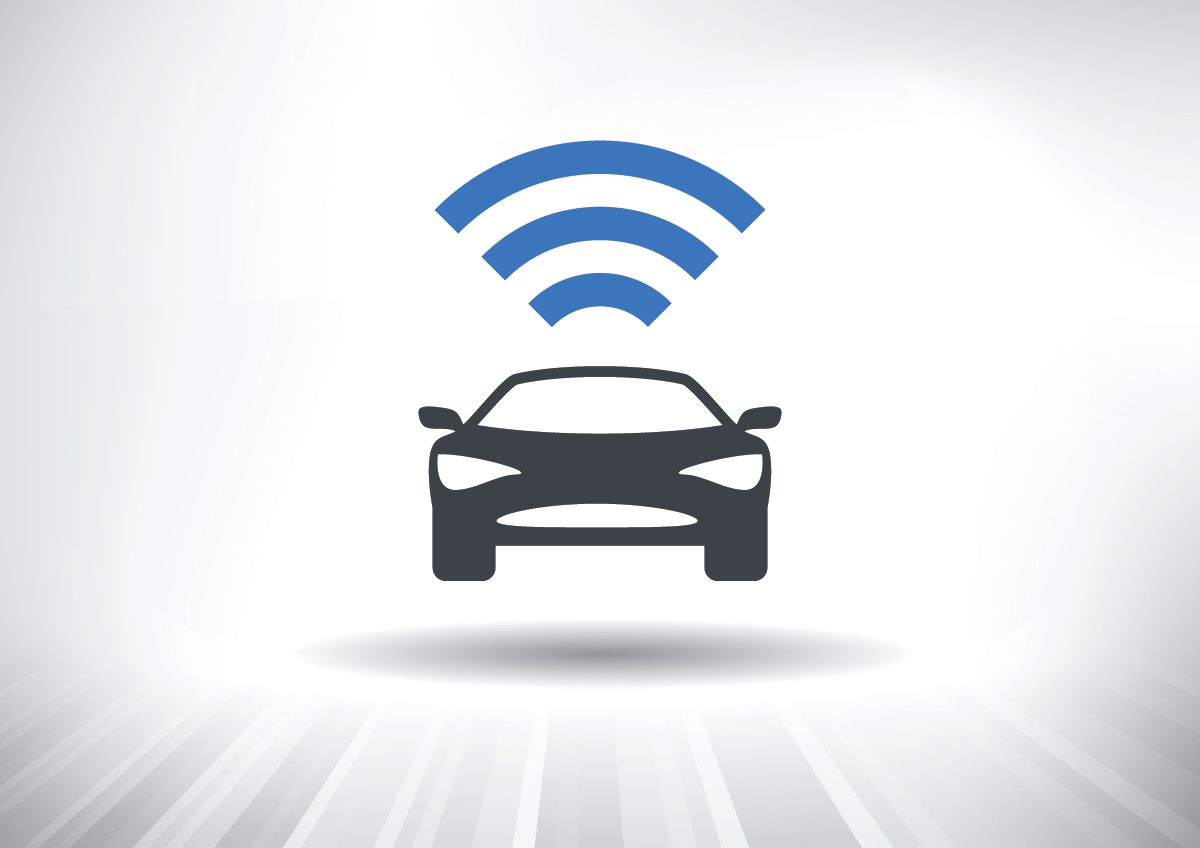This blog is a synopsis of a report by Forrester titled “Mobile is the new face of engagement” by Ted Schalder and John C. McCarthy.
System of engagement vs. system of record
A ‘system of engagement’ as defined and coined by Geoffrey Moore goes beyond the constructs of creating a faster, cheaper, smarter mobile app. It is creating about creating an engagement ecosystem which will be supported by mobile apps.
In the context of travel business, instead of creating a hotel reservation system and calling it a mobile app, a system of engagement presented on a smartphone will know that a guest has entered the lobby for the first time and probably wants to check-in. And by using GPS or location context directly from the device, the “system” will know that when you enter your room, the app should default to the concierge and room service tabs, thus providing immediate access to these hospitality services.
So whether it is a flight reservation system, a customer loyalty process, a scheduling or a baggage handling system, there is an ‘atomized’ business process that will define the specific tasks for each process and assign timelines on when the task should kick in.
There are different kinds of apps for customers, partners, employees and other stakeholders and there are different engagement goals for each of those. They are enabled y smart phones, tablets and smart products and are focused on in-the-moment tasks and decisions. They deliver information in a personalized content, provide analytics driven experience, leverage social and cloud technologies and are powered by short, rapid, iterative cycles.
The system of engagement ecosystem
But there might be some unintended consequences while setting up this system.
1) The coordination quagmire — as the engagement system is being established there might issues related to coordinating data access across multiple channels. For e.g. An airline set up a reservation system but it is not well coordinated with hotel reservations, car rentals and baggage claim.
2) Atomization of processes — according to Forrester people always want to break down an engagement into tasks and this results in ‘atomization’ which forces a rethink of every process interface.
3) Unprepared servers for exploding activities – when engagement has to happen, people need to access data from their mobile devices and enterprises need to plan for this. So their network, middleware and IT infrastructure needs to be ready for it.
In my next blog, I am going to talk about what a CIO would need to build the new system of engagement.







